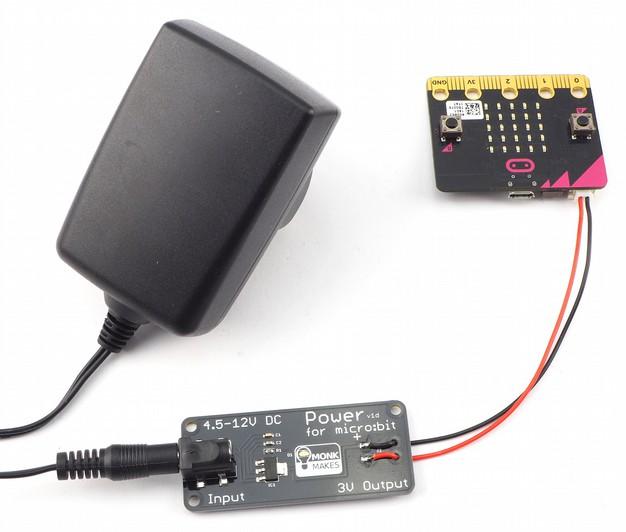
1 minute read
Servomotors
Despite their small size, servomotors are surprisingly complex little machines, controlled using signal pulses. Here's a diagram of how a servo motor works.
A DC motor (normal motor that can rotate continuously) is attached to a gear box, which drives the servo arm, but is also coupled to a position sensor that provides feedback to an electronic control circuit that keeps the servo arm at the correct angle. Control of the position uses a series of pulses arriving every 20 milliseconds.
The length of each of these pulses will determine the position of the servo arm. So a short pulse of just 0.5 milliseconds will put the arm at one end of its travel. A pulse of 1.5 milliseconds will put the arm at its center position and a maximum pulse length of 2.5 milliseconds will put it at the other end of its travel.

Page 9





